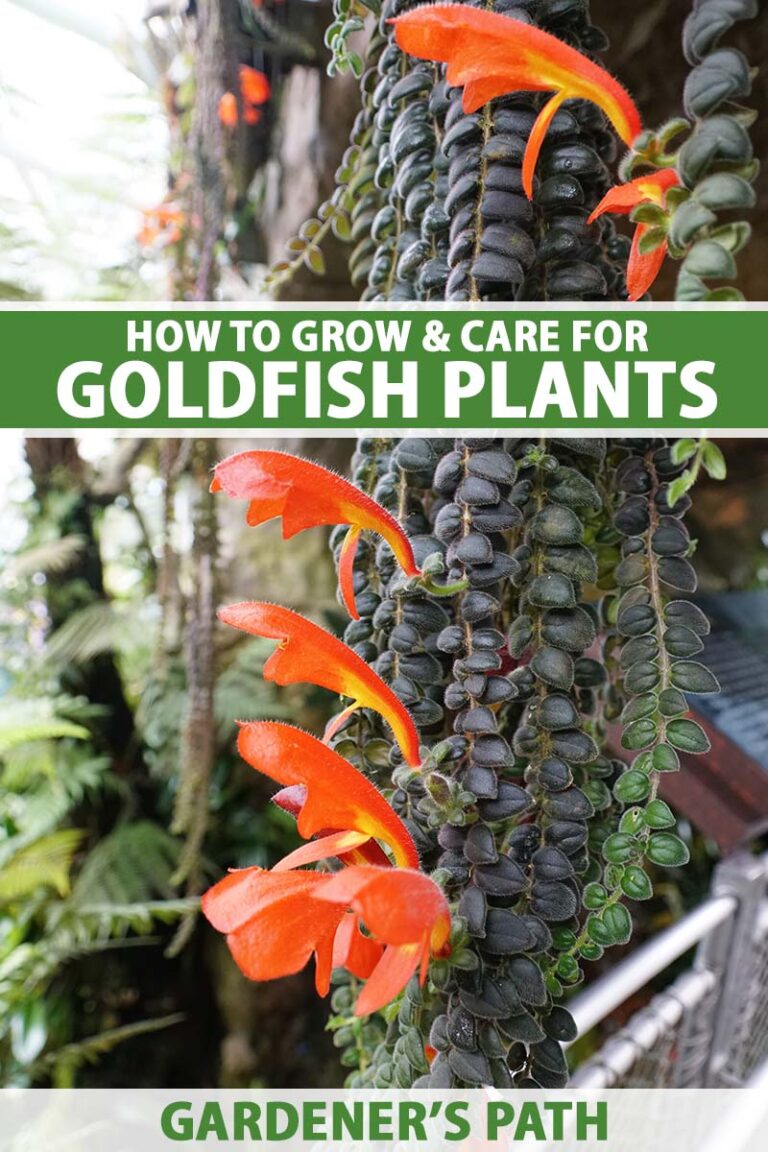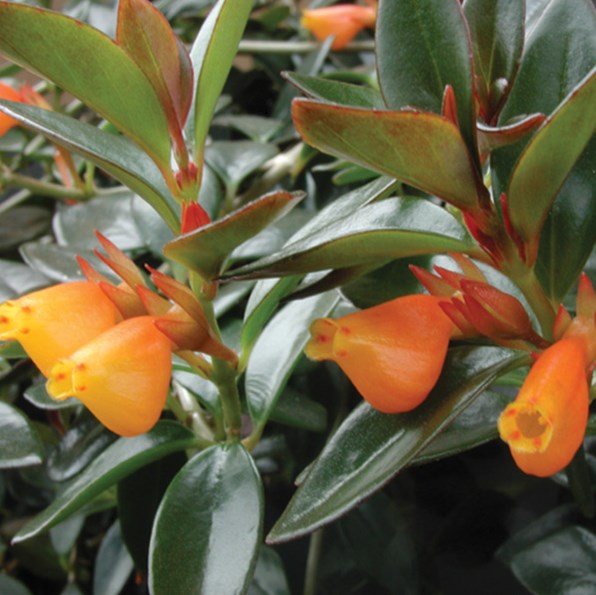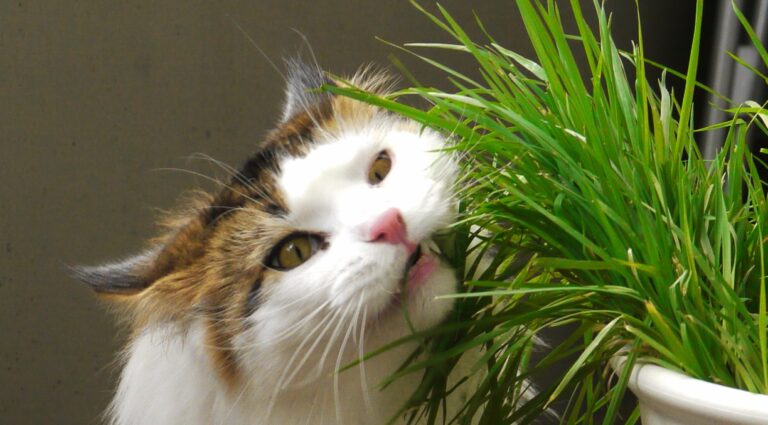Goldfish Plant Blooming Seasons
Understanding the blooming seasons of the goldfish plant is essential for gardeners who want to see these vibrant, goldfish-shaped flowers flourish. This section will cover the typical blooming periods and the factors that influence blooming.
Blooming Periods
Goldfish plants typically bloom during the warmer months, primarily in spring and summer. However, they also have the potential to bloom in fall and even winter, depending on the care they receive. The blooming period can last for several weeks, with the plant producing vibrant flowers multiple times during the growing season. The small tubular blooms resemble leaping goldfish and come in shades of red, orange, and yellow. These colorful flowers can significantly enhance the aesthetic appeal of indoor spaces (goldfish plant flowers).
| Season | Blooming Period |
|---|---|
| Spring | High |
| Summer | High |
| Fall | Moderate |
| Winter | Low to Moderate |
Factors Influencing Blooming
Several factors influence the blooming of goldfish plants. Understanding and optimizing these factors can help ensure a healthy and vibrant bloom season.
-
Light
Goldfish plants require bright, indirect light for optimal blooming. Insufficient light can lead to poor flowering. For more information on lighting requirements, visit goldfish plant light. -
Watering
Proper watering is crucial for the health and blooming of goldfish plants. Overwatering can lead to root rot, while insufficient watering can cause the plant to wilt and fail to bloom. For detailed watering instructions, see goldfish plant watering. -
Temperature
Maintaining a warm temperature is essential for the blooming of goldfish plants. They thrive in temperatures between 65-75°F (18-24°C). Extreme temperature fluctuations can adversely affect blooming. -
Fertilization
Regular feeding with a balanced fertilizer can enhance blooming. Fertilize the plant every 2-3 weeks during the growing season. Learn more about the appropriate fertilizers in goldfish plant fertilizer. -
Humidity
High humidity levels mimic the plant’s natural tropical environment and promote blooming. Aim for humidity levels above 50%. Check out goldfish plant humidity for tips on maintaining adequate humidity. -
Pruning
Regular pruning can stimulate new growth and encourage more blooms. It also helps maintain the plant’s shape and remove any dead or damaged foliage. For more on pruning and deadheading techniques, visit goldfish plant leggy.
By optimizing these factors, gardeners can maximize the blooming potential of their goldfish plants, ensuring vibrant and lasting floral displays. For comprehensive care instructions, refer to goldfish plant care instructions.
Encouraging Bloom in Goldfish Plants
Achieving vibrant blooms in your Goldfish Plant involves ensuring the plant’s specific care requirements are met. Below are techniques and tips for encouraging the plant to produce its characteristic colorful flowers.
Care Techniques for Blooming
Providing proper care is essential for stimulating the blooming of Goldfish Plants. Here are some key techniques:
-
Light: Ensure the plant receives bright, indirect light. This type of light mimics its natural habitat and is crucial for flower production. Direct sunlight can scorch the leaves, while too little light can prevent blooming. Learn more about optimal lighting conditions in our Goldfish Plant light guide.
-
Watering: Adequate watering is crucial. Keep the soil consistently moist but not waterlogged. Overwatering can lead to root rot, while underwatering can cause the plant to wilt. For detailed watering instructions, refer to our Goldfish Plant watering guide.
-
Temperature and Humidity: Maintain temperatures between 65°F to 80°F and high humidity levels. Goldfish Plants thrive in warm, humid environments. Consider using a humidity tray or humidifier to increase humidity levels. Learn more about Goldfish Plant humidity.
-
Fertilization: Use a balanced, water-soluble fertilizer during the growing season (spring and summer). A weak fertilizer solution applied every 2-4 weeks can promote healthy growth and blooming. For more details, visit our Goldfish Plant fertilizer guide.
Pruning and Deadheading Blooms
Pruning and deadheading are essential practices to maintain the health of the Goldfish Plant and encourage continuous blooming.
-
Pruning: Regular pruning helps manage the plant’s shape and encourages new growth. Pinching off new stem tips can stimulate the plant to become bushier and produce more flowers. For detailed instructions, see our guide on goldfish plant care instructions.
-
Deadheading: Removing spent blooms, also known as deadheading, can promote the growth of new flowers. Carefully snip off faded flowers to redirect the plant’s energy towards producing fresh blooms.
The Goldfish Plant can bloom multiple times during its peak seasons of spring and summer, producing its iconic tubular flowers in colors such as orange, red, or yellow. By following these care techniques and pruning practices, gardeners can enhance their goldfish plant’s bloom time.
For any issues related to the plant’s health, including stems turning brown or leaves falling off, consult our troubleshooting guides. These resources will provide further assistance to ensure your Goldfish Plant remains healthy and continues to thrive.




